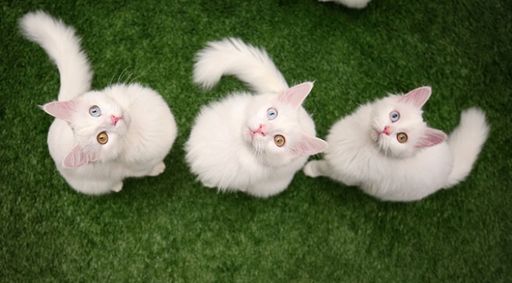Each spring in Eastern Anatolia, the snow-fed streams come alive with an airborne shimmer of silver flying skyward by instinct and defiance.
This is not folklore, but the annual migration of the Pearl Mullet (Inci kefali) — a fish that swims upstream, against churning currents and crashing falls, to preserve its species in a singular act of perseverance.
Found nowhere else in the world but in Lake Van, the Pearl Mullet is the protagonist of a rare wonder of nature. Between mid-April and mid-July, thousands of these fish navigate up to 24 km through cold freshwater tributaries that feed the saline soda lake, their silvery shapes cutting against the flow in pursuit of one goal: to spawn.
And after laying eggs in the streams, the fish that survive predators like seagulls return to their habitat for the rest of the year — Lake Van. And repeat the journey next year.
With each leap, they carry a region’s cultural memory, ecological identity, and economic livelihood.
To celebrate this rare natural wonder, the 12th International Pearl Mullet Migration Culture and Art Festival will be held from May 30 to June 1 at Ercis Fish Bend Nature Park, organised by the Ercis District Governor’s Office. The event is expected to draw crowds from across Türkiye and abroad, eager to witness what many now call “Anatolia’s flying fish”.
A fish that defines a region
Though called a “mullet,” the Pearl Mullet is a member of the carp family, and its uniqueness begins with its habitat: Lake Van, the world’s largest soda lake — highly alkaline, salty, and uninhabitable for reproduction. And yet, the Pearl Mullet thrives there, the lake’s only fish species.
“The Pearl Mullet is not just a species — it is the soul of Van,” says Kayhan Turkmenoglu, a Member of Parliament representing Van. “It embodies the balance we’ve kept for generations with nature. Protecting it means protecting Lake Van, our traditions, and the way we live,” he tells TRT World.
Van, Turkmenoglu says, is at a crossroads of civilisations and biodiversity, a place where “Urartian kings and Ottoman traders once stood by the same waters these fish now leap from”.
“Nearly 30,000 people in our region rely on the Pearl Mullet for their livelihood through sustainable, respectful fishing,” he adds. “It is healthy, protein-rich, and economically vital — but it is much more than a food source. It is Van’s heritage.”
His appeal to local and international visitors: “Van is calling you — with its lake, its castles, its islands, and its people. Come and witness this miracle of life. Because Van is not just a city. It is a way of life.”

Van cats welcome the first kittens of 2025 as breeding efforts enter a new phase of conservation.
/
Nature and culture converge
The Pearl Mullet Migration Culture and Art Festival is a fusion of biology and celebration. In Ercis, a town tucked into the northeastern rim of Lake Van, crowds cheer, photograph, and marvel as the Pearl Mullet fish leap in arcs through the air.
Apart from the gravity-defying acrobatics of the fish, the festival will offer a spread of handmade crafts, regional delicacies, and traditional folk music to regale spectators.
This edition of the festival includes concerts by local and nationally acclaimed artists, folk dances native to Eastern Anatolia, the horseback game of kok boru, a centuries-old martial sport, and a photography competition capturing the resilience of the fish in flight.
Last year, the festival drew more than 100,000 visitors, and expectations are even higher this season.
‘It was like therapy’
Aysegul Gelmis and her friends, who travelled from Istanbul after hearing about the event from friends, are among the spectators.
“We came out of sheer curiosity,” she tells TRT World.
“And honestly, I was mesmerised. You see the fish pushing forward, jumping again and again, and the seagulls circling above, snatching a few. It was nature in motion, raw and balanced.”
She describes how the scene felt almost cinematic — but also strangely spiritual.
“There’s this strange order. The seagulls don’t just descend on one big pile of fish; they pick, they return, they wait. It’s like a rhythm. And watching it… it calms you. It felt like therapy. I found myself completely absorbed, just watching. It made me think about cycles, about purpose. About how even in struggle, there is beauty and harmony.”
For Gelmis, the spectacle stirred a deeper reflection.
“It reminded me that everything has its place — its moment. Some fish die here, some return. But life continues. That’s what moved me most. You see beyond the struggle — you see the system. The balance. A miracle.”
The Pearl Mullet’s migration may be one of Earth’s quiet miracles — but it carries a loud message. As climate change, pollution, and overfishing challenge ecosystems around the world, Van’s “flying fish” reminds us of the fragile balance of life we often overlook.
And this year, on the riverbanks of Ercis, amid music and market stalls, the Pearl Mullet will leap again — just as it has for generations. And people, from Van and beyond, will continue to watch in awe.















